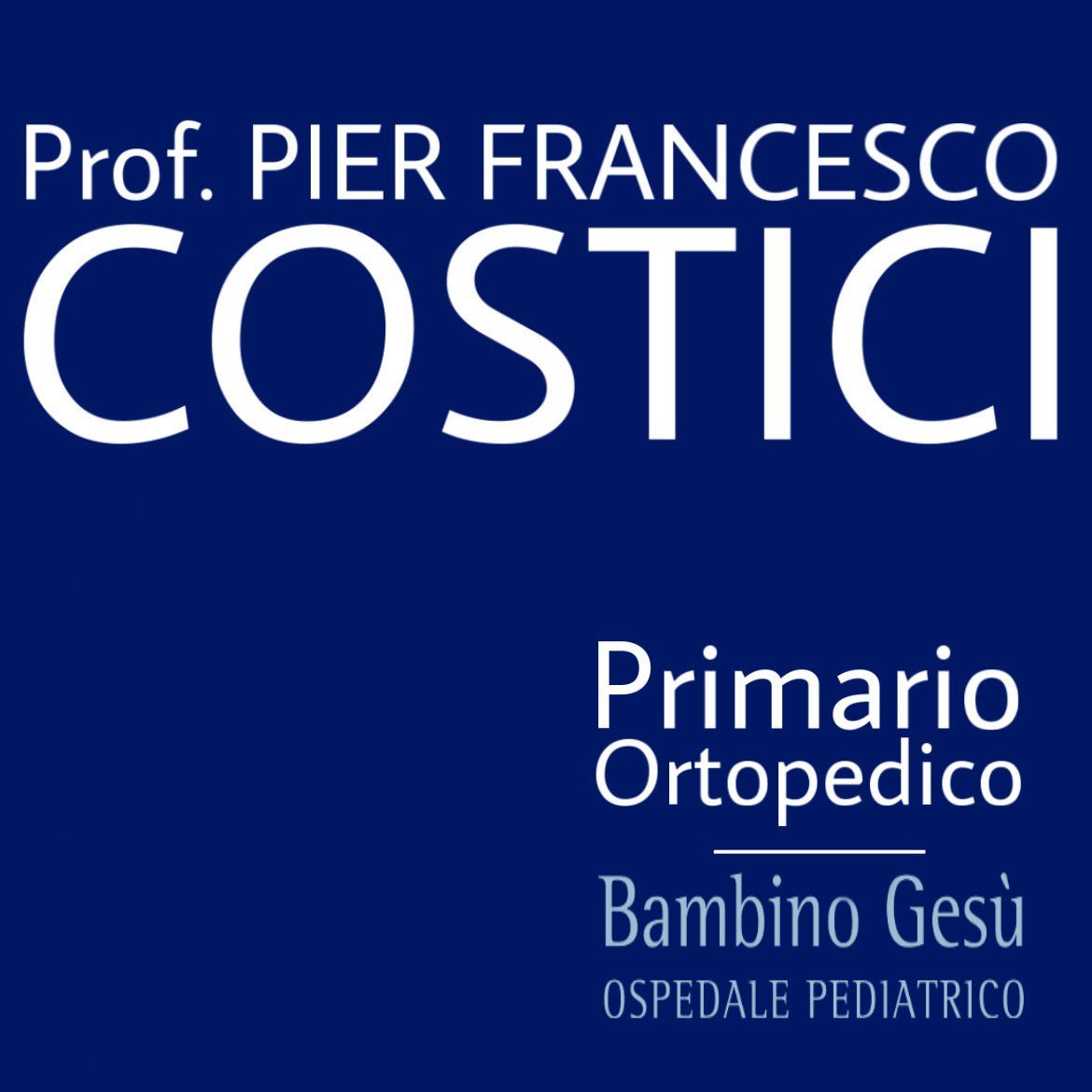Down syndrome: orthopedic problems
Poor muscle tone and ligament laxity contribute to correctable joint problems through physiotherapy or surgical interventions. Down Syndrome results from the presence, either partially or entirely, of an extra chromosome 21 (trisomy 21). Most orthopedic issues observed in children with Down Syndrome stem from poor muscle tone and ligament laxity.
Most Common Disorders:
-Flatfoot
-Patellar dislocation
-Hip instability
-Cervical spine instability
FLAT FOOT
Flatfoot is a typical symptom of Down Syndrome, and its severity varies based on the degree of muscle hypotonia and ligamentous laxity affecting the patient. Treatment is generally conservative, involving the insertion of a semi-rigid insole into regular shoes around the age of 4. The aim is to stabilize the foot and prevent the onset of painful symptoms. In cases where the deformity severely impacts walking or causes pain, surgical treatment can be considered starting from the age of 10. The standard procedure is arthrodesis, involving the insertion of endortheses into the tarsal sinus to lift the arch of the foot.
Arthrodesis restricts joint movements without causing permanent ankylosis. The procedure utilizes endortheses, similar to screws, with a very small surgical incision, approximately 2 cm. The goal of arthrodesis is to restore a physiological alignment between the talus and calcaneus. This alignment must be maintained long enough for the foot bones to remodel during the growth period following the application of the corrective screw. In growing children, the restoration of mutual relationships between bones over time leads to bone restructuring and adaptation of soft tissues, stabilizing the correction even after the removal or absorption of the prosthesis. It is a minimally invasive procedure with a quick recovery.
PATELLAR DISLOCATION
Patellar dislocation is another frequent issue, also attributed to muscle weakness and ligament laxity. The weakness of the quadriceps muscle and laxity of its ligaments cause instability of the patella, which tends to shift laterally during knee flexion-extension. This situation creates knee instability with a tendency to fall. Displacement of the patella from its normal position results in rubbing against the femur, leading to cartilage wear and the onset of pain. In initial stages, treatment is conservative, using physiotherapy exercises to realign the patella by strengthening thigh muscles. In cases of clear dislocation, surgical treatment involves realigning the patella by tensioning the structures responsible for keeping it in place through muscle and ligament plastic surgery.
HIP INSTABILITY
Muscle hypotonia and laxity of the ligaments and capsules containing the hip joint cause instability in this articulation. Frequent is the voluntary dislocation by the child with continuous hip jerks leading to joint damage. Initial treatment is conservative, aiming to stabilize the joint through muscle reinforcement obtained through sports and physiotherapy. Psychological support can help the child understand the importance of not intentionally dislocating the hip. In cases of severe instability with compromised walking, surgical intervention is necessary, involving capsular plastic surgery, often associated with femoral osteotomy.
CERVICAL SPINE INSTABILITY
Atlanto-axial instability occurs in about 15% of children with Down Syndrome. The atlanto-axial joint, between the upper end of the spine and the base of the skull, is secured by the first two cervical vertebrae: the atlas and the axis or epistropheus. In individuals with Down Syndrome, ligaments (muscle connections) are "relaxed" or lax. This laxity can lead to atlanto-axial instability, where the joint between the bones is less stable and, if strongly shaken—by trauma, for instance—can damage the spinal cord. Fortunately, only a small number of these children exhibit slippage greater than 10mm or neurological symptoms requiring orthopedic surgery to stabilize the joint (posterior atlanto-axial arthrodesis).
Recent physicians believed that all individuals with Down Syndrome should undergo regular X-rays to check for atlanto-axial instability. This is no longer true. Today, we know that up to 30% of children with Down Syndrome have radiographic signs of atlanto-axial instability, but only 1% will present symptoms and experience neurological issues. It is better to avoid unnecessary exams, take precautions, and consult a doctor immediately if the child shows suspicious symptoms. Among precautions, it is crucial for all children with Down Syndrome to approach high-risk sports for atlanto-axial instability, such as gymnastics, boxing, diving, rugby, and horse riding, with great caution and necessary safety measures. Relaxed ligaments can also contribute to scoliosis.
Written by: Pier Francesco Costici, Rosa Russo - Orthopedics Operational Unit in collaboration with: Bambino Gesù Institute for Health
original article from ospedalebambinogesù.it


